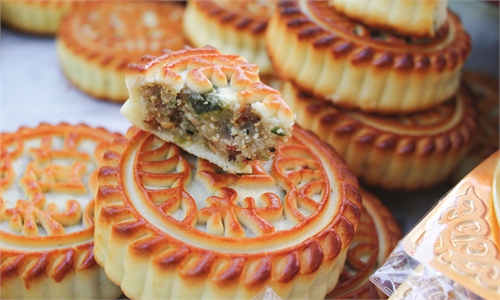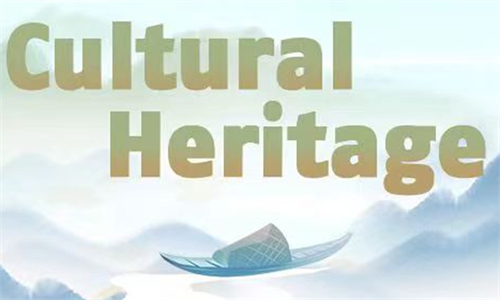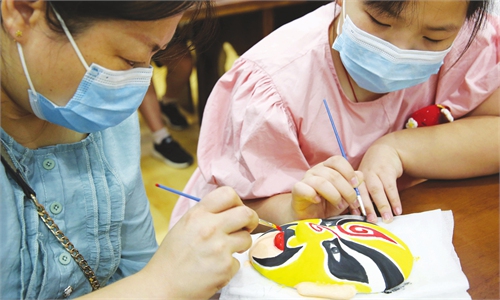ARTS / CULTURE & LEISURE
Cultural Heritage

A child practices Chinese seal carving in Wuxi, Jiangsu Province. Photo: IC
Chinese seal carving: An art combining calligraphy and engravingChinese seal carving is a traditional art form developed from carving techniques. The seal script, the characters engraved on the bottom of seals, is seen as the twin sister of Chinese calligraphy.
Chinese seal carving originated more than 3,000 years ago during the Shang Dynasty (c.1600BC-1046BC). In the beginning, the characters engraved on seals were the same as those used in writing, such as the script of the Qin Dynasty (221BC-207BC). However, as Chinese writing became increasingly standardized and simplified after Qin, it became a tradition to continue to use the Qin script for seals.
In ancient times, seals were regarded as a guarantee of authenticity. Seals had two main functions: One was a symbol of power; the other was an identification of status. Since the Qin Dynasty, official seals were taken as the standard to differentiate ranks. Today, they are more of a sign of authority of a legal person than an artwork except when being used by painters or calligraphers.
Seals were made from copper, gold, silver, iron, jade and stone among others. After the Qin Dynasty, materials for official seals were strictly classified by a hierarchy in which jade was exclusively used for emperors, gold and silver for high-ranking officials and copper for the low ranks. Various types of stones were used from the Song Dynasty (960-1279), leading to a boom for seal carving. For metal seals, their molds were first engraved before the seals were cast, while for jade seals, they were carved by knives in ancient times, but abrasive polishing powders are used today.
Earlier, seal carving was accomplished only by artisans. During the Song Dynasty, literati began to get involved in seal engraving and they began treating it as an art. They advocated combining seal carving with calligraphy and painting, making this traditional craft more prevalent in China. In this way, this practical technique had been transformed into an independent art form with many artistic elements.
Divided into official seals and private seals, seal carving emphasizes strokes and the structure of Chinese calligraphy as well as free and lively expressions of engraving. The small square-shaped seal is split into red and white parts with very few characters in changeable forms, showing very high artistry. It can be regarded as an epitome of traditional Chinese craftsmanship.
In modern times, the representatives of Chinese seal carving include Qi Baishi, Zhao Zhiqian and Wu Changshuo.
To protect this artistic treasure, Chinese seal carving was inscribed on the UNESCO Representative List of Intangible Cultural Heritage of Humanity in 2009.
Global Times



